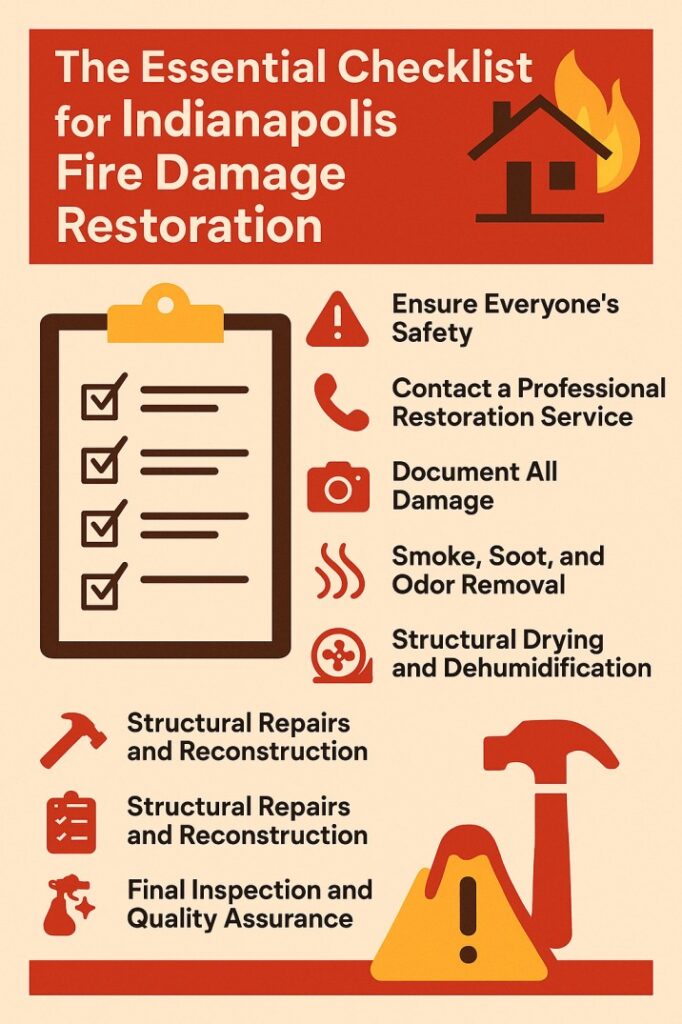In an era where climate change, environmental degradation, and resource scarcity dominate global conversations, industries are being called upon to rethink their operations. Custom Gasket Manufacturing traditionally viewed as a behind-the-scenes component of industrial systems is no exception. Once known for processes that involved heavy reliance on non-renewable resources, the gasket industry is now quietly undergoing a green revolution.
Understanding the Shift
Gaskets are critical components in virtually every mechanical system. From engines and pipelines to household appliances and heavy machinery, gaskets prevent leaks, ensure safety, and maintain system integrity. For decades, these sealing solutions were produced using materials and manufacturing practices that prioritized performance, often with little regard for environmental impact.
However, the narrative is shifting. Growing environmental regulations, consumer awareness, and industry-wide commitment to sustainability have sparked innovation in gasket design and production. Eco-friendly gasket manufacturing is no longer a nicheit’s rapidly becoming the standard.
What Makes a Gasket Eco-Friendly?
An eco-friendly gasket goes beyond simply being “non-toxic.” It incorporates sustainable materials, clean manufacturing practices, and responsible end-of-life considerations. Here’s what makes a gasket truly green:
Sustainable Materials
Modern eco-friendly gaskets often use recyclable or renewable materials like natural rubber, biodegradable fibers, silicone blends, or thermoplastic elastomers (TPEs). These materials offer comparable performance to traditional compounds like asbestos, neoprene, or nitrile, without the environmental and health risks.
Reduced Emissions in Manufacturing
Traditional gasket manufacturing can involve high energy consumption, chemical emissions, and waste generation. Eco-conscious manufacturers are now implementing energy-efficient systems, low-VOC (volatile organic compound) adhesives, and water-based lubricants to minimize their carbon footprint.
Waste Minimization and Recycling
Lean manufacturing techniques are helping reduce material waste in the production line. Moreover, many companies are now recycling off-cuts and defective units instead of sending them to landfills. Some even offer gasket recycling programs for customers post-use.
Durability and Longevity
A lesser-discussed aspect of eco-friendly products is longevity. By designing gaskets that last longer under harsh conditions, manufacturers reduce the frequency of replacements, which in turn reduces waste and resource consumption over time.
Biodegradability and Reusability
Certain gaskets are now designed to break down naturally without releasing harmful chemicals. Others can be disassembled and reused after inspection or refurbishmentan ideal solution in industries such as automotive and HVAC.
Industry Leaders Taking the Green Route
Several manufacturers are pioneering the eco-friendly movement in gasket production. From startups innovating with plant-based polymers to established giants retrofitting their facilities with renewable energy sources, the entire supply chain is seeing a transformation. Certifications such as ISO 14001 (Environmental Management) and LEED compliance are becoming badges of honor in this once-overlooked sector.
For example, companies producing Santoprene™-based gasketsa thermoplastic vulcanizate known for its recyclability and chemical resistanceare gaining popularity in both industrial and consumer applications. Others are turning to hemp fiber and bio-based polyurethane to replace petroleum-derived compounds.
The Role of Technology
Advanced technologies such as 3D printing and precision CNC cutting are reducing material waste and enabling the production of customized gaskets with minimal environmental impact. Simulation software helps engineers optimize gasket design before manufacturing begins, saving both time and resources.
Furthermore, AI-driven supply chain management is being used to track raw materials, reduce overproduction, and improve inventory controlall contributing to a greener footprint.
Market Demand Driving Change
One of the strongest forces behind the rise of eco-friendly gasket manufacturing is customer demand. Industries such as automotive, aerospace, food processing, and medical devices are now required to comply with stringent sustainability regulations. Green seals and gaskets help them meet these criteria.
Moreover, consumers themselves are pushing for transparency. Businesses are expected to share information about the sustainability of every component in their product, down to the smallest washer or gasket. This level of scrutiny is forcing manufacturers to take a hard look at their environmental impact.
Challenges in Going Green
Despite the momentum, challenges persist. Biodegradable or renewable materials may not always meet the temperature, pressure, or chemical resistance demands of certain industrial applications. Scaling eco-friendly processes while keeping costs competitive is also a hurdle.
However, innovation continues. Hybrid materials, made by blending eco-friendly compounds with high-performance synthetics, are helping to bridge the gap between sustainability and durability. And as the cost of renewable technologies falls, it becomes easier for small and mid-sized manufacturers to make the transition.
The Future of Gasket Manufacturing
The path forward is clear: sustainability is not a temporary trendit is the future. We can expect continued investment in research and development, wider adoption of green standards, and increasing collaboration across industries to develop universal eco-sealing solutions.
Governments may introduce incentives or mandates that push manufacturers to go green, while consumers will continue to demand higher environmental accountability. As new materials emerge and manufacturing processes become more efficient, eco-friendly gaskets will not only match the performance of traditional options but exceed them in cost-efficiency and environmental value.
Conclusion
The gasket industry may not always be in the spotlight, but its transformation toward sustainability is a critical part of the global effort to reduce environmental harm. From the choice of raw materials to production techniques and product lifecycle, every element is being reexamined through a green lens.
This shift isn’t just good for the planetit’s good for business. Eco-friendly gasket manufacturing is redefining what it means to create sealing solutions that protect not only systems and structures but the environment itself. And in doing so, it’s setting a powerful example for other industries to follow.
SantopSeal uses a Thermoplastic rubber Santoprene TPE/TPV material to create custom profile extrusions of various shape and size of Seals & Gaskets as a solution to all your sealing needs. Using Thermoplastic elastomer Santoprene™, we supply major industries with a wide variety of inexpensive and customizable options. We offer various U Channel Seal Santoprene tubing including Food grade, Medical grade, and general grade tubing, Extruded Seals and Gaskets, Extruded EPDM Sponge Rubber Seal, Standard & Custom O-rings, and Digital knife cutting services. Contact us today via web, email, or phone and someone from our engineering or support team will be happy to answer any of your questions.









